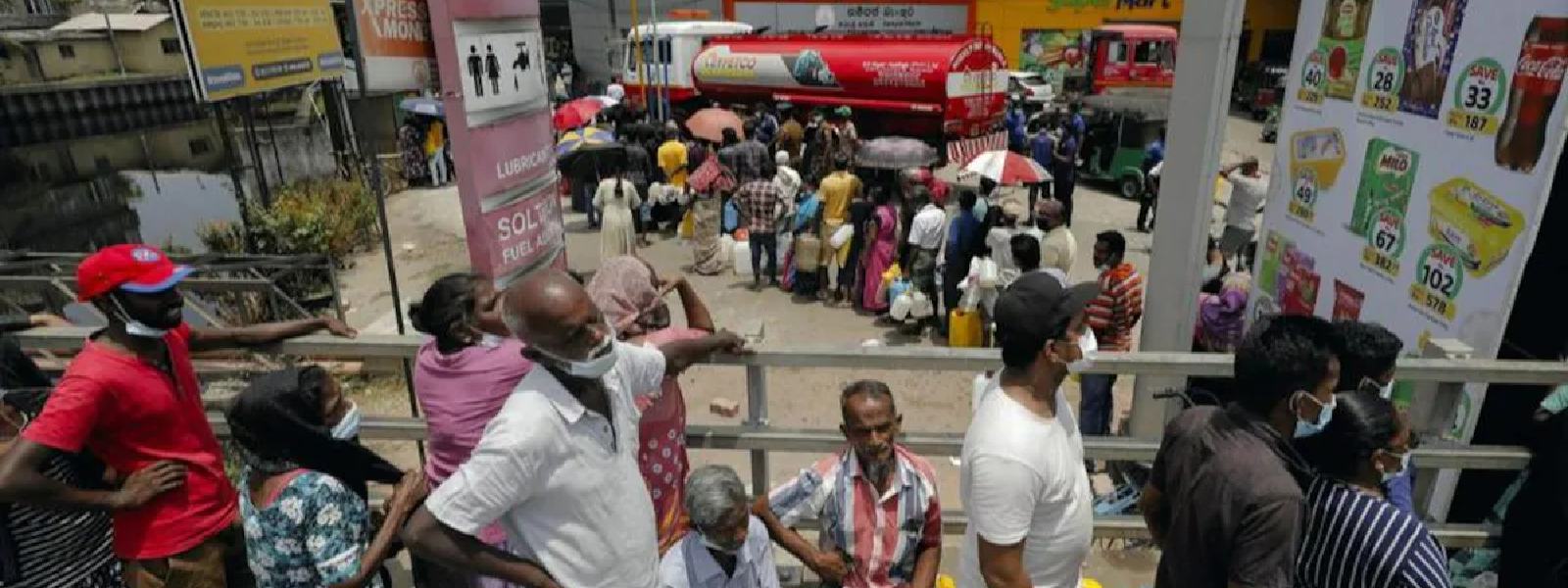.webp)

Sri Lanka’s race against the surging cost of living
Towards the latter days of March 2022, tensions began to brew amongst Sri Lankans in response to the indifference of the Sri Lankan government to the persisting economic recession. Not only is the recession directly affecting the Colombo Stock Exchange, banking and finance sectors but it is becoming starkly evident in the day to day lives of ordinary citizens- particularly those belonging to the lower middle-income category and undoubtedly the poorer daily wage earners living in cities. The consequences of decades of fiscal malfeasance, corruption and the absence of an autonomous central bank unraveled in 2022. Sri Lankans from all ethnic and economic backgrounds took to the streets to demand regime change and immediate action towards economic recovery.
Whilst the protests loom over the heart of Colombo city, what concerns international organizations more is, how the ordinary man is surviving in Sri Lanka? The economic crisis is pummeling the city workers more than village dwellers, simply because in the village there is a certain degree of self-sufficiency- the farming community is self-sufficient in essential food supplies and therefore do not eat into their wages by spending on food. Contrastingly, living and working in cities like Colombo, swallow worker incomes; transport costs have risen due to the fuel shortage, and so have the costs of food and consumer products. The economic crisis is not only deepening and further exposing the acute inequalities in wealth distribution but also coercing many to seek alternative sources of income. Should emergency solutions not be pursued immediately, it would potentially result in a poverty rate close to 22% in 2023, with more and more Sri Lankans slipping into poverty. For most citizens below the poverty line in a lower middle-income country, the government’s Samurdhi program remains inadequate. This program is a government initiative to curb poverty and offer primarily economic aid to impoverished communities in Sri Lanka. Samurdhi insures and aims to provide a safety net to around 1.2 million families during this recession, but the aid still remains insufficient.
The fuel crisis that persisted throughout May, June and July meant that most workers were compelled to queue outside fuel stations for days, affecting daily wage earners the most. Insufficient fuel supplies are obstructing daily wages and power interruptions are hindering
small/home owned businesses. The absence of any viable solutions means that an increasing number of Sri Lankans will slip into poverty, causing intergenerational poverty. To mitigate this, many have resorted to multiple streams of income. Most in the city have started home-catering businesses alongside their full-time jobs, juniors in corporate firms are working as Uber drivers after hours, weekend jobs are being gradually pursued, and three-wheeler drivers are also offering private courier services to businesses. This is the last resort for most workers who have been unable to afford adequate food due to steeply rising prices with 46% inflation reported in April. Because wages have not been meeting escalating living costs, multiple revenue schemes have to be explored. Sri Lanka and for that matter South Asia does not characteristically have a culture of young students working whilst studying, however, the recent economic downturn has pressed young students, even those still attending school to resort to finding part time work (commonly as baristas in cafés, delivery partners or as store assistants in supermarkets). Most low-income, lower-middle income and daily wage earners are running a race with the Sri Lankan economy’s surging prices in food, rent and transport, and their ultimate goal? Survival.
Other Articles
Featured News





.png )





-794314_550x300.jpg)



















.gif)